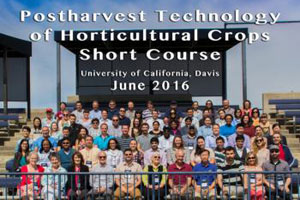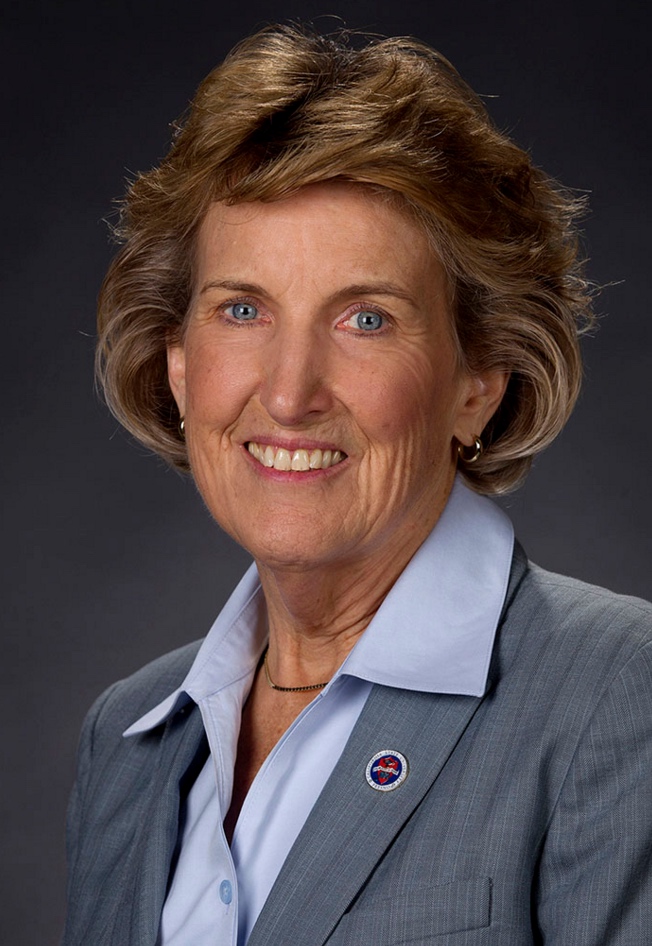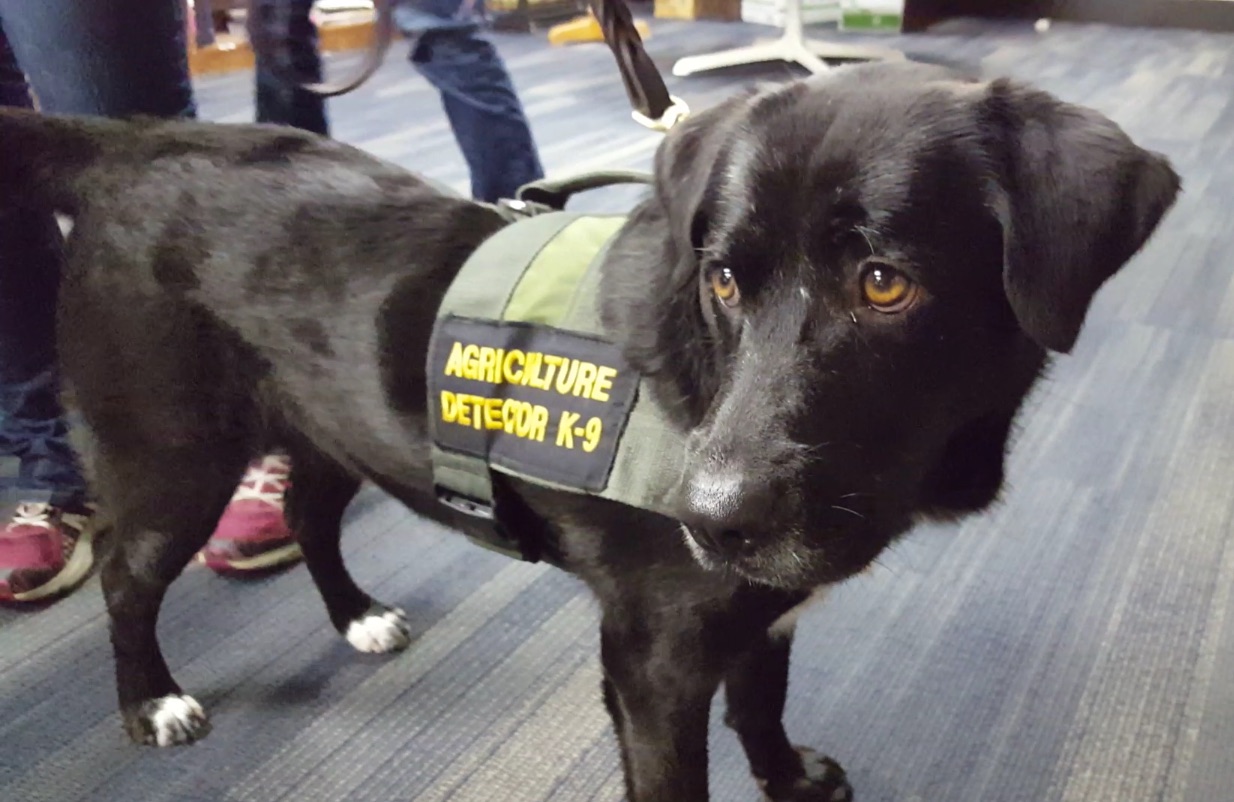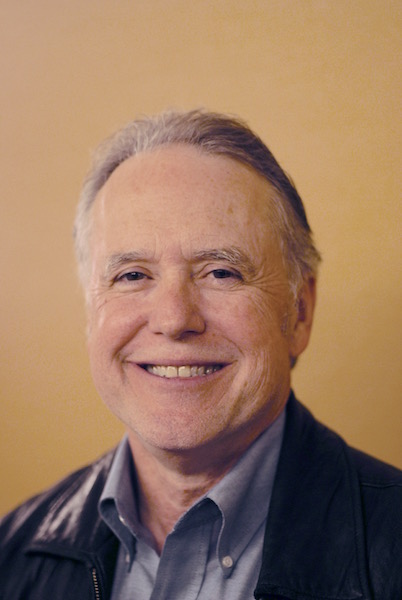Food Safety Modernization Act
Postharvest Short Course Focused on Taste and Quality
UC Davis Postharvest Course Covers Food Loss, Produce Handling
By Lauren Dutra, Associate Editor
The 38th annual Postharvest Technology of Horticultural Crops Short Course concluded TODAY, June 24 at UC Davis. Presented by Beth Mitcham, director of the Postharvest Technology Center, the course focused on postharvest produce quality and safety.
“This class provided a really broad overview of all the topics that are relevant for postharvest handling of produce, including fruits, vegetables, nuts, and also ornamentals,” said Mitcham. “We cover the crops that are grown in California, but because our audience includes a lot of people from around the world who want to learn the basics about postharvest handling, we also cover a few crops that aren’t grown in California for commercial purposes. Furthermore,”she noted, “we also address some of the latest technologies that are available for maintaining excellent quality,”
Maintaining a good cold chain throughout the entire shipping line is critical, according to Mitcham. “We talk a lot about temperature,” she elaborated. “In fact, we tell students the three most important things about postharvest biology and technology are: temperature, temperature and temperature. We discussed many other technologies during the week, but they are secondary to good temperature management,” she noted.
Mitcham also mentioned food waste and how to control it. “So much effort goes into growing the crop, which includes harvesting at the prime of ripeness and getting it in the pre-cooler, on the trucks and to the market. But, people buy it, put it in their refrigerator and then don’t eat it. It goes bad and they waste it. It does happen,” said Mitcham. “Our goal is to try to make the product as hearty as possible while retaining really good flavor so it can last in your refrigerator as long as possible but also so people want to eat it, so hopefully it doesn’t sit in there and degrade.”

In reducing postharvest losses, Mitcham commented on the dissonance between addressing postharvest flavor and consumer satisfaction, “In some ways they are two opposite ends of the spectrum; some of the things we do to reduce losses are counter to delivering good flavor to consumers,” she said. “We really need to do both, and that was a big part of our message this week.”
Also at the event, the California Leafy Green Marketing Agreement (LGMA) discussed food safety principles, and Trevor Suslow, a UC Davis Plant Pathologist with the Postharvest Technology Center, discussed good agricultural practices (GAP) for food safety.













 Thorne: That’s right. Conventional and organic alike, wash them before you eat them. It’s a healthful habit that everybody should follow for various reasons. And the U.S. Food and Drug Administration (FDA) clearly states that you can reduce or eliminate any residues that may be present on fruits and vegetables, simply by washing.
Thorne: That’s right. Conventional and organic alike, wash them before you eat them. It’s a healthful habit that everybody should follow for various reasons. And the U.S. Food and Drug Administration (FDA) clearly states that you can reduce or eliminate any residues that may be present on fruits and vegetables, simply by washing.

 ever give up trying to
ever give up trying to  “One of the most interesting things we saw at the meeting,” Schrick noted, “was that we are influenced by people all around us, doctors, lawyers, and our pastors. However in agriculture, the number one influencer is the grower. That really resonated with me and it is true; he is the most credible source, he is the one who produces that food, and he has to make that land he is working on sustainable. He has to make that production come, year after year, after year, and in most cases, he wants to turn that over to the next generation of farmers.
“One of the most interesting things we saw at the meeting,” Schrick noted, “was that we are influenced by people all around us, doctors, lawyers, and our pastors. However in agriculture, the number one influencer is the grower. That really resonated with me and it is true; he is the most credible source, he is the one who produces that food, and he has to make that land he is working on sustainable. He has to make that production come, year after year, after year, and in most cases, he wants to turn that over to the next generation of farmers.














